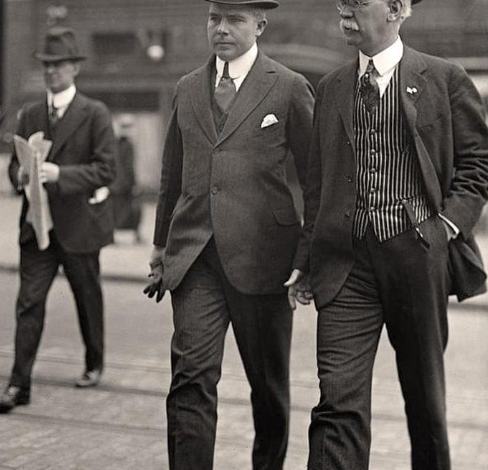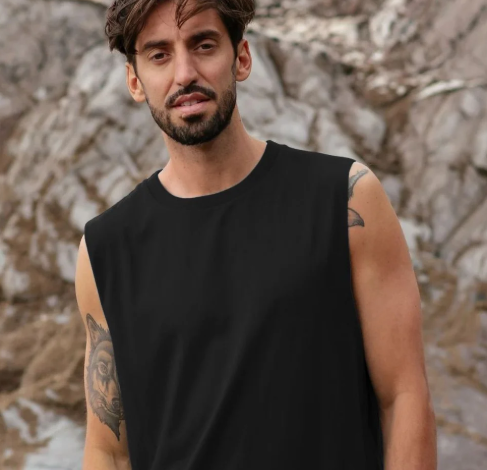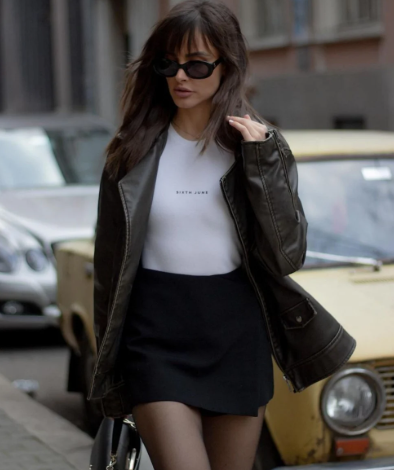The Evolution of Men’s Suits: A 100-Year Journey

A suit is a timeless symbol of style, but over the past century, it has undergone several transformations. Whether you’re tall, short, young, or old, a well-fitted suit can elevate your appearance, and the right accessories can make you stand out even more. However, what defines a suit isn’t just the jacket, tie, and trousers; it’s how these elements have evolved over time, influenced by social and historical changes.
While it may seem that a suit is always a suit, the truth is that the definition and style of suits have changed dramatically over the years. Let’s take a closer look at the significant transformations of the Western-style suit over the past 100 years, and how these shifts reflect the times.
The Early Days: Late 1800s to Early 1900s
In the late 1800s, before jeans became a common streetwear item, trousers were a universal garment for men, regardless of their social status. What set them apart was the fabric used and the type of waist fastening—whether it was a simple tie or belt. The Victorian era favored the Frock Coat, an elegant, long, one-piece garment inspired by the British Navy, which resembled a dress in its cut and structure.
By the 1910s and 1920s, this was replaced by the more streamlined Lounge Suit. The introduction of the black tie for formal events marked a shift from the previously worn white tie, reflecting a growing focus on office labor and professionalism. The shift to black tie attire has largely remained the standard since.
The 1930s: Hollywood and Tailored Fits
The 1930s was a period marked by a cinematic revolution. As Hollywood set global trends, suits became more form-fitting and featured long lines with tapered legs. The focus was on creating a sharp, elegant silhouette that matched the glamour of the times. Suits in this era reflected the influence of Hollywood stars, with streamlined cuts that emphasized sophistication.
The Wartime Years: 1940s
The 1940s, especially during the war years, saw a significant decline in the availability of quality fabrics and skilled labor, resulting in less tailored, looser-fitting suits. Due to material shortages and rationing, suits became more minimal, with a focus on functionality rather than style. The lack of resources made it difficult to maintain high standards of craftsmanship, but people made do with what they had, often resulting in less flattering fits.
The 1950s and 60s: From Jazz to Pop
By the 1950s and 1960s, fashion took a dramatic turn. The 50s saw the rise of wide pleats, velvet fabrics, and the post-war glamour of tailored suits, while the 60s embraced a sleeker look with drainpipe trousers and no collars, influenced by the pop and rock music movements. This era marked the shift to more youthful and daring styles that rejected the more traditional looks of the previous decades.
The 1970s: Comfort and Innovation
The 1970s were all about comfort and experimentation. Suits had wide lapels and flared trousers, which became iconic of the era. The single-button blazer became a favorite, but this style was less formal and often not worn by royalty or high society. The 70s suit was more about style freedom, with an emphasis on comfort and individuality.
The 1980s: The Power Suit
The 1980s were defined by the “power suit” trend, characterized by heavily padded shoulders and bold, assertive designs. Suits became a symbol of corporate power and success, with oversized cuts dominating the fashion scene. This era focused on making a strong, confident statement, both in the office and beyond.
The 1990s and 2000s: Slim Fit Returns
The 1990s ushered in a retro revival with minimalist, slim-fit suits. The focus shifted to a sleeker, more streamlined silhouette, often paired with slim-fit trousers. If you weren’t slim enough, you probably wouldn’t fit in with the trend. The 2000s saw these slim suits evolve with superior materials, adding more buttoning and finer details. The focus was on creating a sharp, modern look that reflected the sleek, urban fashion of the time.
The 2010s and Beyond: More Slim Fits
In the 2010s, slim-fit suits became even more popular, although they seemed to cater to younger, slimmer body types. Trousers continued to shrink, and many suits were tailored to fit shorter, more compact frames. Yet, the essence of the slim-fit look remains, and it continues to dominate modern fashion.
Today’s Trends: Nostalgia and Vintage
Today, many classic suit styles from earlier decades are back in fashion. The older styles, especially from the 1930s and 1940s, are experiencing a resurgence, though the 1940s wartime style remains less common. A well-tailored suit still has an undeniable appeal, and regardless of which era’s style you embrace, accessories play a significant role in completing the look. Hats, cufflinks, pocket squares, ties, and shoes all continue to be essential components of a sophisticated, timeless ensemble.





